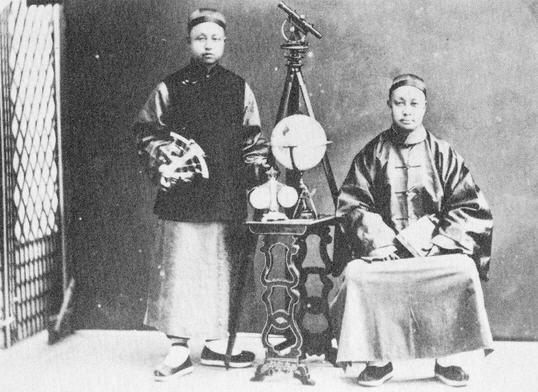Yang Renshan and one of his sons. From Weibo
Here’s a bit of a Zen koan: how do you keep still in the Colorado rapids?
How do you maintain that mental gap in between events – the gap that allows you to respond to those events in a considered way, with compassion and insight, rather than reactively or habitually? Thich Nhat Hanh once advised journalists to meditate. We need our gaps because journalism thrives on events and stories, the more the better. This is especially so since reporters these days find themselves overwhelmed by their social media profile: the deluge of 24-7 information is far greater than at any point in the history of the press. This is one question among many that we still don’t have conclusive answers for.
Although religious beliefs and practices have been around for as long as human life, the existence of a confessional press is a very recent activity. The mass printing of religious information by churches in Europe could probably be traced back to the 16th century, post-Luther and Gutenberg. The idea of a “public sphere,” driven by “the press” and a journalistic intelligentsia, emerged in the merchant gazettes and coffee houses of 17th century Europe.
The specific discipline of religion journalism probably kicked off in the mid-19th century with the vibrant religious press that covered with relish the energetic twists and turns of evangelical movements and seminaries in America. Buddhist–informed mass media also has a venerable beginning in China: 1866, the year of Jinling Sutra Publishing House’s founding by a Buddhist layman called Yang Wenhui/Renshan (who is celebrated as one of the pioneers of modern Buddhist reform in China).
The house of Yang and the Buddhist journals, periodicals, and printing presses that proliferated throughout the late 19th and early 20th centuries contributed to the public commentary and critique by the literati gentlemen, and helped shape how a new class of educated, professionals envisioned a China able to hold its head high among the community of nations, but also re-immersed in its Buddhist values and heritage.
There have been many musings, but probably not a widely accepted formal theory, about how Buddhist leaders and commentators should approach reporting, editing, commentary, and information dissemination. Buddhist editors and reporters have tended to focus on three broad themes in their magazine. There’s firstly personal development according to Buddhist teachings. Guided writings on meditation and personal experiences qualify as such literature, although the newspaper equivalent of such writing might be relegated to the lifestyle corner. Engaged Buddhism entails a broader look at social, political, and environmental issues and how Buddhism might inform citizens to think and act in one way or another.
Then there are Buddhist trends, that is, things happening within the Buddhist world itself, and this might often involve tactful (skillful speech) reporting of sub-movements within Buddhist institutions, the emergence of new leaders, or even unhappy events. The last component no doubt provides the material with the most potential for head-turning and gossip. That’s when Right Speech is doubly critical. Within these three thematic branches proliferate all the wonderful genres: the interview article, the columnist op-ed, the news report, the editorial, the human interest feature, and so on.
In religious journalism, spiritual service is as important as public service. Indeed, editors and reporters who take their Dharma seriously can feel bound (Latin: religare) to their discipline. The written word or mass media is a tool for the lay practitioner or householder in a similar way to how the monastic life is conducive for the monastic to meditate and preach. Despite the fact that religion drives so much of the world’s most significant news agendas, from Middle East conflicts and Islam to climate change activism to American evangelicalism, journalists of religion have been relatively low-key. One might access a religious news publication expecting to learn only about religion, but emerge enriched by coverage on culture, politics, the arts, and much more. Religion might seem superficially narrow, but as the history of journalism of religion demonstrates across the world, its values touch everything about human society.

